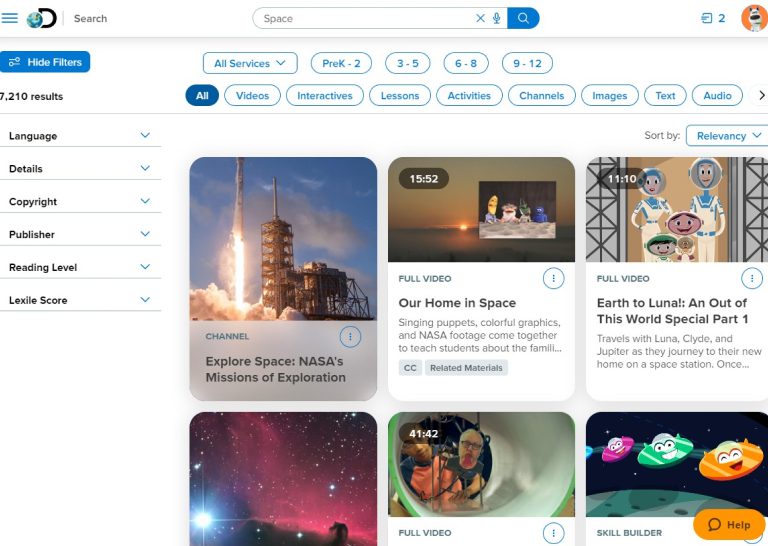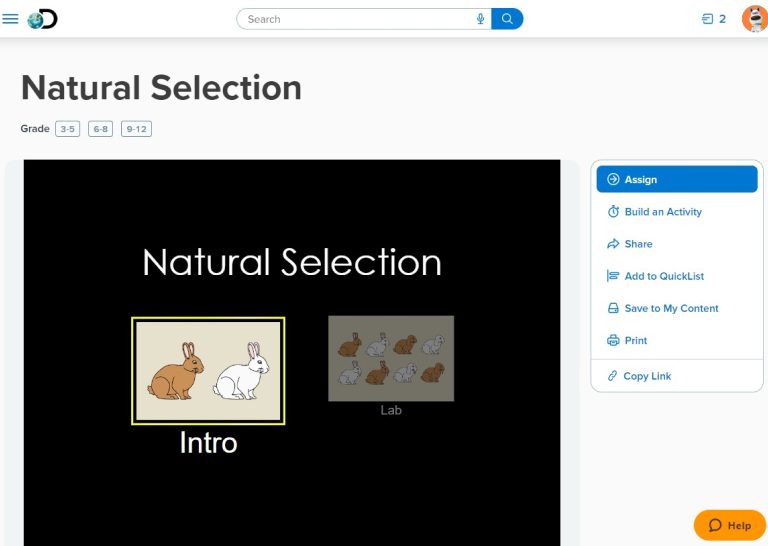[ad_1]
As summer break nears, lots of fun things come to mind like warmer weather, end of school celebrations, and time to recharge. While the excitement for summer builds, a well-known challenge also arises—keeping students focused on school through the end of the year. Texas teacher Leann Rains-Sharma was happy to share some insights on how she is overcoming students’ shrinking attention spans by keeping them engaged and interested in academic work, even when their minds might be drifting elsewhere.
I’ve taught middle school in public schools in Texas for the past ten years. The conundrum I have faced with the pre-teen age group is that while they work to discover who they want to be, students of this age also create unique challenges within the classroom to get and hold their attention. In my classroom, I work to engage students by incorporating a variety of activities, limiting lectures, and allowing them to make meaningful connections with their peers and the content. Engagement is visible when students are actively participating, using academic vocabulary, and applying knowledge.
Discovery Education is brimming with resources, videos, articles, images, and relevant content to help get students interested in learning. As a new user, it can be overwhelming, but learning to leverage the wide variety of resources Discovery Education offers can help you keep your students engaged and actively learning.
Consume Information and Create New Knowledge
As a novice user, I focused my lesson planning on finding resources to help students consume new information. I used the Discovery Education search feature to browse by topic or standard to find videos. You can filter search results (by grade, subject, or type of resource) which saves time in the planning process, but my initial goal was just finding ways to present information in new, exciting ways.
To engage my students, I included videos in my lecture-style lessons to break up my lecture teaching. Playing a video segment and interjecting lecture, discussion, and questioning helped keep students interested, as a simple change in input refocuses students’ attention to the lesson. By incorporating videos into my lessons, I am keeping them engaged through offering a variety of inputs: video, lecture, and discussion with their classmates, rather than hoping to keep their attention through just lecture.
As I moved from finding resources for consumption of information to creation of content, I found a higher level of student engagement and an increase in student understanding. The ownership of creation led to authentic student engagement. One example is having students create Studio Boards to make connections and create a product to convey understanding. By swapping a traditional worksheet for Board creation, I am facilitating student ownership, creativity, and authentic engagement. Students expressed curiosity and excitement about creating a Studio Board in place of a traditional worksheet, as it felt new and exciting to them.
Interactives
Discovery Education steps up again with interactives! With test prep and end–of–year disengagement, Discovery Education’s Interactives have been a great resource to keep my students engaged. They help students understand phenomena that are small, like atoms, or that happen over generations like natural selection. When experimenting with the Natural Selection interactive, students considered it a challenge to make the bunnies take over the world or die out, which led to higher engagement and deeper understanding of mutations, competition, and predators.
Looking Forward
I’m so excited to continue my Discovery Education journey in the 2023-2024 school year! After spending some time exploring and experimenting, I have a game plan to start the new year off strong with high levels of student engagement by creating Interactive Science Journals through Discovery Education Studio. I plan on having my students create a Studio Board that will serve as an interactive Science Journal at the beginning of the year, where they can curate resources, make connections, and engage with their learning. As part of the unit summation or review tasks, students will add a slide in their Discovery Education Science Journal to curate the resources they feel best explain or model the phenomena and provide a reflection on each artifact they include.


Leann Rains-Sharma, M.Ed.
Leann Rains-Sharma is a Gifted and Talented Science Teacher in Texas. She has spent 10 years in education teaching a variety of middle school subjects and has a passion for blended and personalized learning. As a member of the Discovery Educator Network, she loves leveraging Discovery Education to engage students and facilitate learning.
Looking for more ideas to re-energize your students? Check out DE’s tips for helping re-engage students after a break.
The post Overcoming Shrinking Student Attention Spans appeared first on Discovery Education Blog.
[ad_2]
Source link














